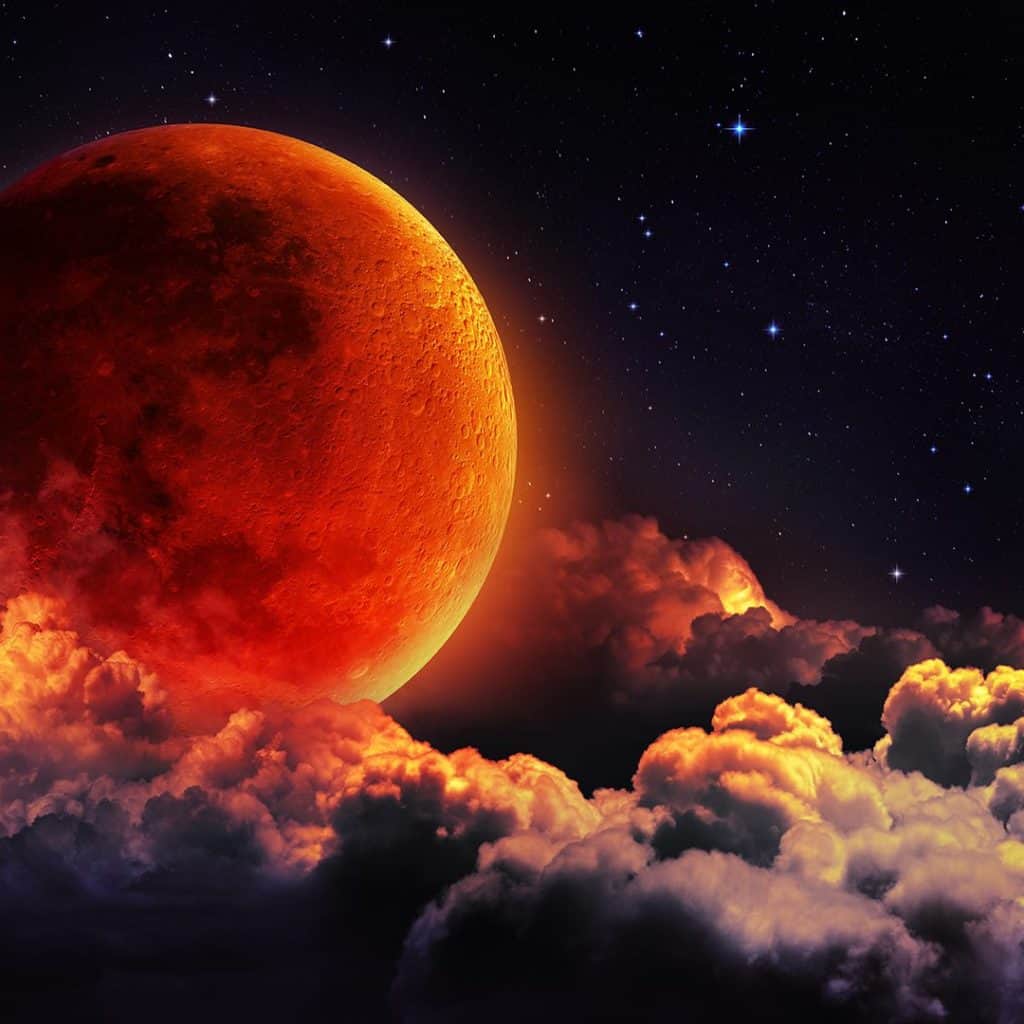The enchanting night of July 27, 2018, was laden with mystery and mystique, unveiling an awe-inspiring astronomical marvel: the longest lunar eclipse of the 21st century. This celestial event, referred to as the Blood Moon, captivated observers for one hour and forty-two minutes, reaffirming the incredible grandeur of the cosmos.
Recalling the 2018 Lunar Eclipse: The Breathtaking Spectacle of the Blood Moon
On that exceptional evening, anyone graced by the moon on their horizon could bask in the spectacle. The Instituto de Astrofísica de Canarias (IAC) verified this, emphasizing that, unlike solar eclipses, lunar eclipses are universally visible, as the moon can be seen from anywhere in the world during the event.
Lunar eclipses transpire when the moon ventures into the Earth’s shadow. Nonetheless, this event is unique due to the tilt of the moon’s orbit in relation to the Earth-Sun plane (the ecliptic).
The Impact of the Blood Moon
Astrologist Patricia Kesselman proposed that this particular lunar eclipse may have initiated specific effects on people, primarily due to its extended duration and its concurrence with Mars. Here are some potential repercussions this astrological phenomenon might have elicited:
- It induced instinctive and visceral reactions with direct effects on the body, promoting a predisposition toward psychosomatic disorders and abrupt mood swings.
- It instigated a period of reorganization, offering an opportunity to sever negative ties through introspection.
- It stirred emotional tensions that might have manifested in problems with authority, acts of violence, intolerance, and bouts of anger and jealousy.
- It fostered introspection, emotional examination, and self-reflection, facilitating the quest for one’s authentic essence, especially through practices like meditation.
- It potentially escalated the frequency of accidents due to negligence or inattention, particularly those related to electronic devices, machinery, and transportation.
According to Kesselman, those born between January 22-28, June 22-28, April 22-28, and October 22-28 were more susceptible to these astrological influences.
Revisiting the Lunar Eclipse of July 27, 2018
This astral event was observable from South America, Europe, Africa, Asia, and Oceania. Throughout the eclipse’s totality, the moon did not vanish but rather assumed a striking reddish hue.
The IAC streamed the event live from Namibia on the sky-live.tv channel. Our atmosphere, extending approximately 80 kilometers beyond our planet’s diameter, served as a lens, bending the sunlight and filtering out its blue components, allowing only the red light to pass. This red light was then reflected by the moon, lending it its emblematic copper glow, as explained by the IAC.
After a two-year hiatus without visible total lunar eclipses in Europe, we had the privilege to witness the red moon again on July 27. Yet, we had to wait another six months to relive the experience, in January 2019, stated Miquel Serra-Ricart, an astronomer at the IAC.
Serra-Ricart added that the transmission from Namibia allowed us to observe objects only detectable from the southern skies, such as the Magellanic Clouds, due to the darkness created by the eclipse. Undoubtedly, this was a night remembered for its celestial display and the profound astrological influences it unleashed.





